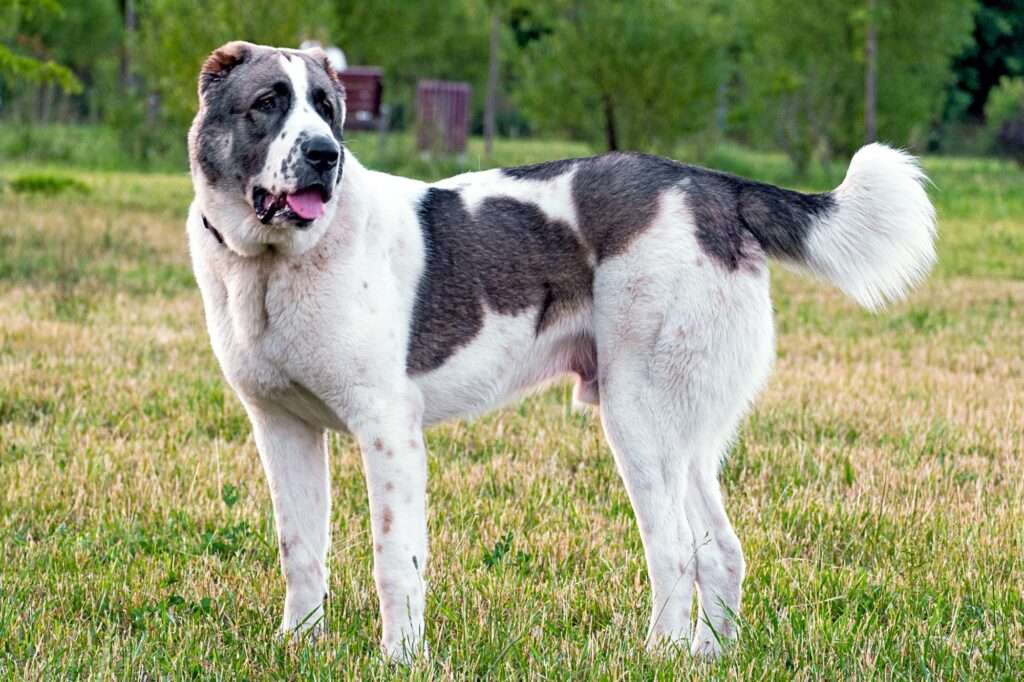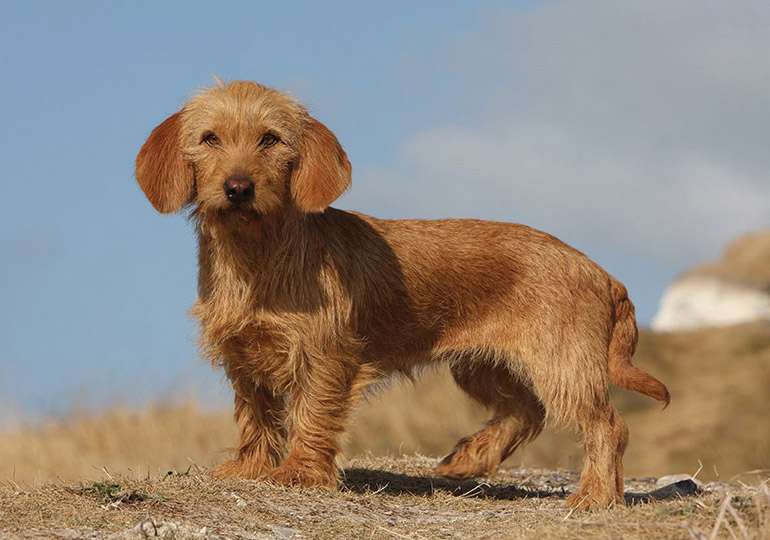
This dog, also called the Alabay, is a breed of dog used as a livestock protector. A region between the Ural, Asia Minor, Caspian Sea, and China’s northwest border is where the ancestor of this breed first appeared.
Appearance
There are many different breed types in this breed. Size, colour, head shapes, and hair types are all different. Central Asians frequently create social groups with a variety of members carrying out various responsibilities. This breed produces a strong, powerful dog that is larger than usual in stature. They are autonomous, inquisitive, and vigilant while remaining unmovable. The dog is about one-half to one inch longer than it is tall at the withers. The head is highly sturdy and lacks any obvious stops or sculls. The neck has a dewlap and is short and low set. The body is proportionately wide and has relatively flat muscles. Because the artificial ribs have formed, the ribcage seems to be exceedingly lengthy. The legs are straight, heavily boned, and angularly delineated yet not excessive.
Care as a Pet/ In Captivity

Diet
Protein is the best source of the amino acids needed to construct people’s hair, skin, muscles, ligaments, and other body parts, and it also plays a crucial function in hormone production. Poultry, fish, cattle, eggs, corn, and wheat are a few of the top sources of protein. For this breed, a diet containing about 28%–30% protein is sufficient.
Exercise
Shepherd from Central Asia Dogs thrive in large yards and are good for families who enjoy going on daily walks. They should be exercised in a fenced yard or while being walked on a leash for safety reasons because they are a clever and independent breed. Despite being a low energy dog, he ought to have sufficient stamina for walking and hiking. Certain breeders support endurance testing.
Grooming
The well-developed undercoat of the Central Asian Shepherd Dog requires very little maintenance, yet their seasonal “fur storm” is properly named. The occasional bath will keep them clean and looking their best in addition to the infrequent grooming. For you and your pet, grooming can be a great way to strengthen your relationship. Regular trimming with a nail clipper or grinder is advised to prevent splitting, overgrowth, and cracking of their robust, quickly developing nails. To prevent a buildup of wax and debris that could cause an infection, examine their ears frequently. You should brush your teeth frequently.
Table





